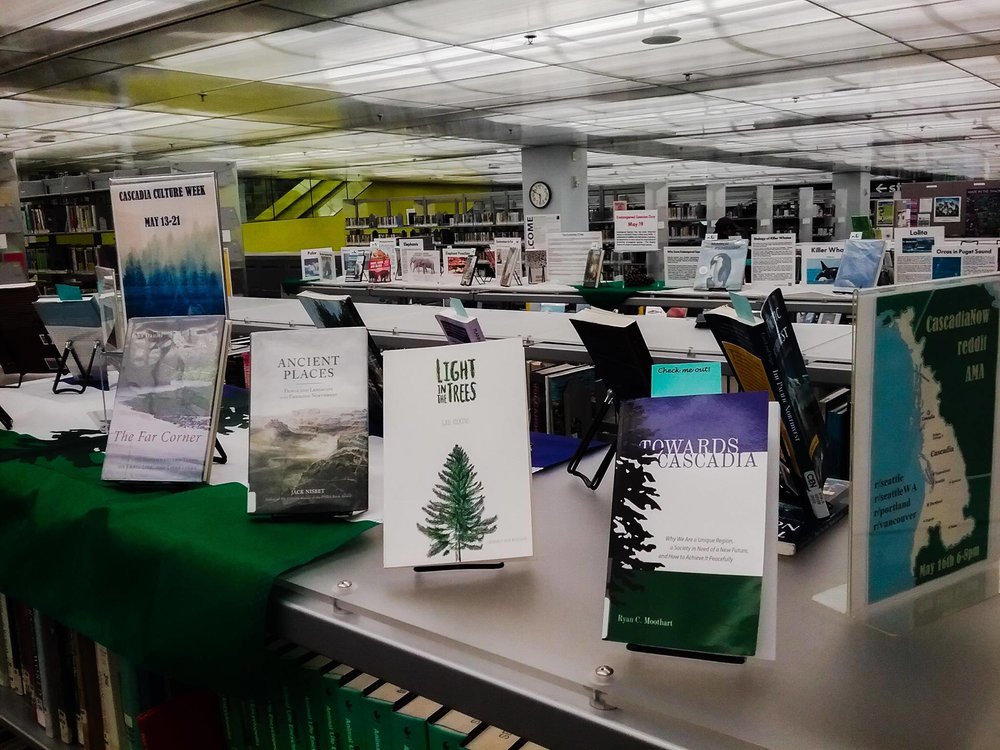It’s Cascadia Culture Week!
May 17th - May 26th
“Cascadia is real. Cascadia is alive. If you listen to so many of the oldest stories from this place, the living reality of what we call “Cascadia” is clear as day. Cascadia is a term of endearment for the beauty of floods and earthquakes and volcanoes. For rivers that writhe like snakes within human memory, not just geological time… Cascadia is a one word love poem.”
C.B. Ó Corcráin
Cascadia Culture week happens every year the week before and after Cascadia Day. We invite every Cascadian to join with us and celebrate the wonderful and unique culture that makes the Pacific Northwest of North America so special, and to use it as a time to reflect and share with friends. With Culture Week, it comes an opportunity to educate and celebrate our beautiful bioregion.
Think about ways you can celebrate and share. Within our website - you’ll find ideas, information sheets, visual resources, a suggested reading list and visual resources you can share or feature on a table display.
Why Cascadia Culture Week?
Cascadia has a dynamic and distinct culture that should be seen and celebrated. Culture Week provides a platform to inform and educate ourselves and others about our bioregion, and to focus on the shared needs and desires of our community. It’s a time for reading, reflecting, sharing and collecting the stories of our past so we can influence the direction of our future.
Cascadia is about community and the strength that comes from interdependence. At the core of bioregionalism is the principle that all living things here rely on the same watersheds to survive. Cascadia Culture Week is the perfect time to get your collective together at work, school or home and discuss ways you can better assist each other, our bioregion and the earth.
About Cascadia
Cascadia is the land and bioregion that defines the Pacific Northwest of North America through the watersheds of the Columbia, Fraser and Snake rivers. It stretches from Northern California to south east Alaska and as far east as the Yellowstone Caldera and continental divide. It encompasses all of Washington State, most of British Columbia, Oregon and Idaho, and parts of southeast Alaska, Northern California and Western Montana.
Cascadia is home to slightly more than 16 million people (16,029,520), and an economy generating more than 1.6 trillion dollars worth of goods and services annually, placing it as the world's 9th largest economy, roughly equivalent to that of Canada or Italy. By land area Cascadia is the 20th largest country in the world, with a land area of 534,572 sq mi (1,384,588 km2), placing it behind Mongolia. With a population similar to Scandinavia, its GDP per capita ranks in the top 5 above the U.S., Canada or any European Union nation.
Now over 30 years old, the Cascadia movement is rooted in a love of place and stems from shared experiences, environment, principles and values. It seeks to empower every individual and community to be active around issues they care about, finding solidarity and support. Cascadia and its underlying philosophy of bioregionalism challenges the status quo, pursues a vibrant, equitable and sustainable society, and seeks further local autonomy and regional interdependence.




